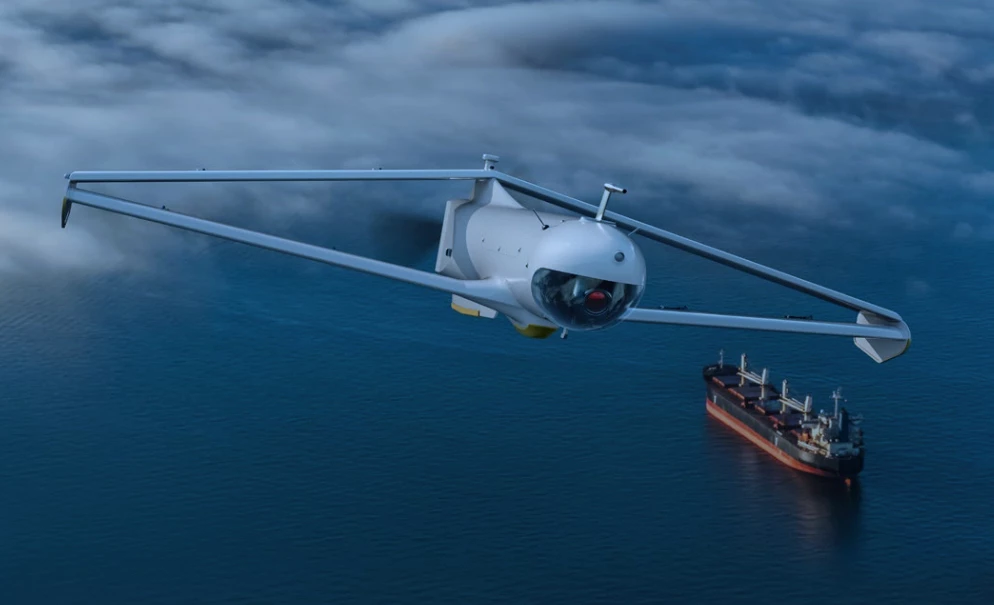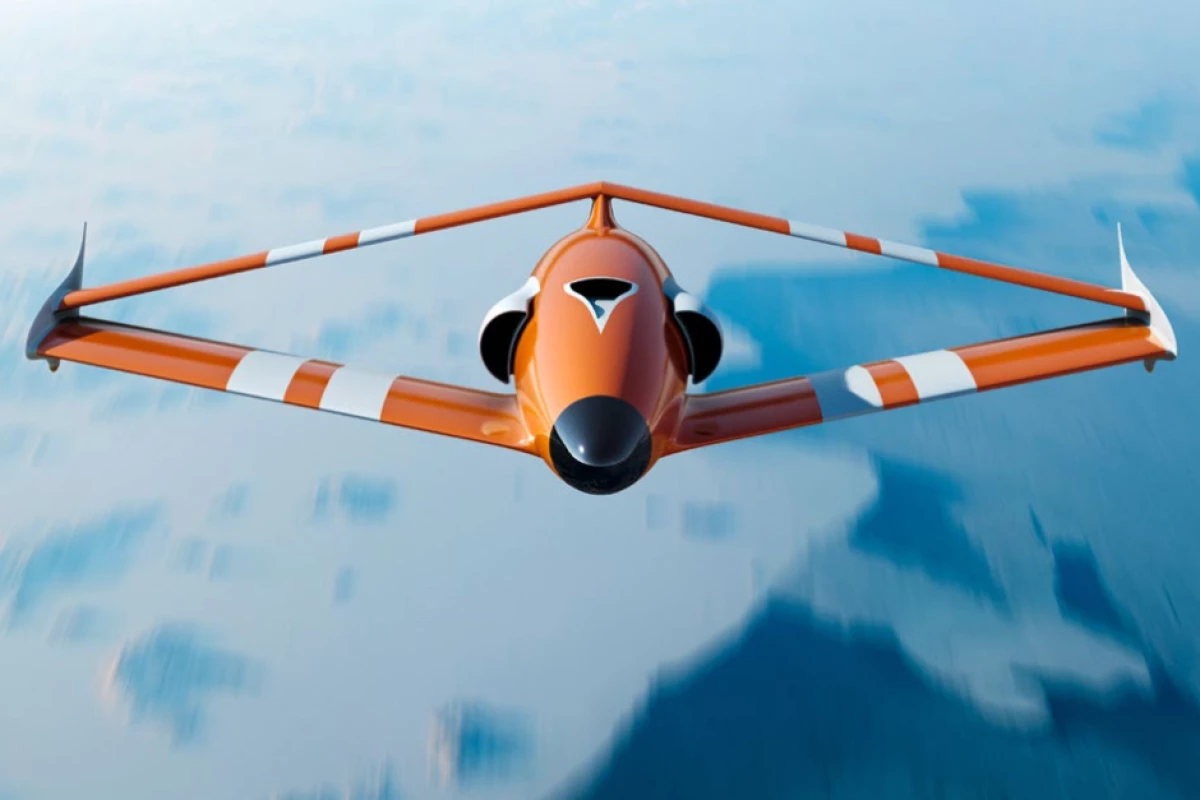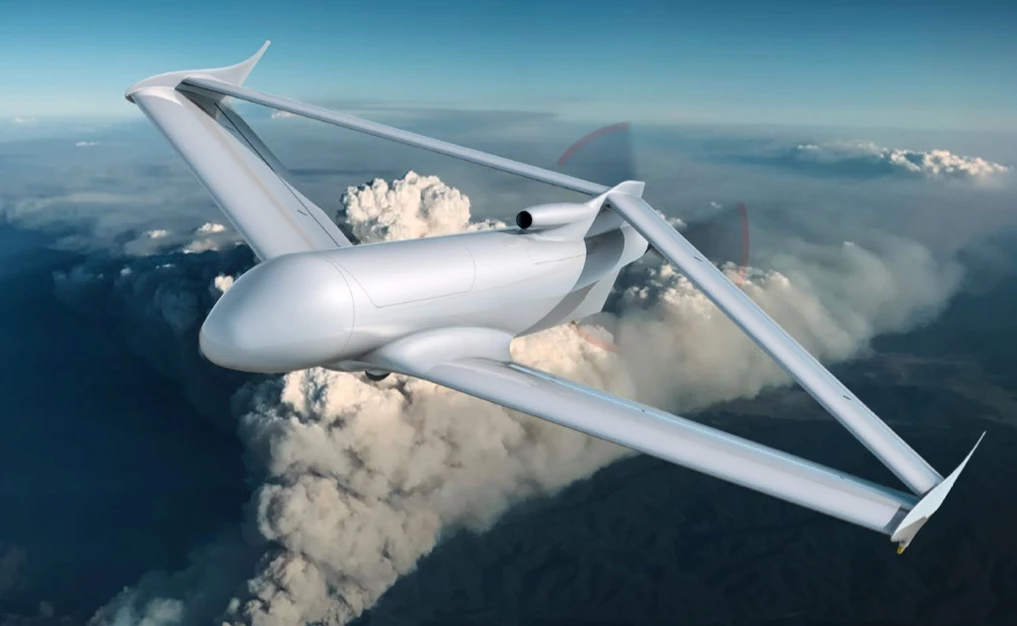There are now a lot of fixed-wing drones on the market, and most of them look pretty similar. FLY-R's aircraft are different, though, in that they incorporate a rhomboidal wing design – it's claimed to offer some distinct advantages.
Putting it simply, a rhomboidal wing has an open-center diamond shape when viewed from above.
In many cases, this is formed from a front pair of wings set low on the aircraft, along with a rear pair of wings set higher up. The front wings are swept back while the rear wings are swept forward and angled downward, so they join the front wings at the tips – it's almost like a biplane, in which the ends of the upper and lower wings have been pinched together. A traditional tail isn't required.
According to FLY-R – which is based out of the French-owned Réunion Island in the Indian Ocean – this setup is superior to a conventional wing in several regards. First of all, the wingspan is reduced by about half, plus there's a reduction in aerodynamic drag. Additionally, the structural mass is decreased by approximately one third, the plane remains stable at a wide range of speeds, and it's highly maneuverable.
The company is developing several different drone models, all of which incorporate the rhomboidal wing design.

Currently in functioning prototype form, the battery-powered R2-150 is designed for tasks such as fully autonomous surveillance, observation and reconnaissance. It has a wingspan of 1.5 m (4.9 ft), a cruising speed of 115 km/h (71 mph), and can fly for up to two hours per charge – transmitting real-time video as it does so. It can also automatically take off from a ship- or truck-mounted Vacuum Launcher (sort of a vacuum-powered catapult), and automatically land in a recovery net.
Other models are designed to go farther, carry heavier payloads and fly faster. The jet-powered R2-HSTD, for instance, is planned to have a top speed of Mach 0.65 (803 km/h or 499 mph). It's intended to serve as a target drone, for military exercises.
FLY-R even has plans for a short- to medium-range passenger-carrying aircraft, named the Crystal CR-1200.

Seating two pilots and eight passengers (although other configurations could be possible), it would feature a hybrid drive system in which a fuel-burning generator would charge an onboard battery pack, which would in turn power the electric motors of the two rear pusher propellers. At its cruising speed of 350 km/h (217 mph), it could travel over 1,000 km (621 miles) without refuelling – that figure would increase if it wasn't carrying its maximum possible load.
That said, it may still be some time before you see a CR-1200 at an airport near you. In the meantime, you can check out the following video of the R2-150 in flight.
Source: FLY-R





